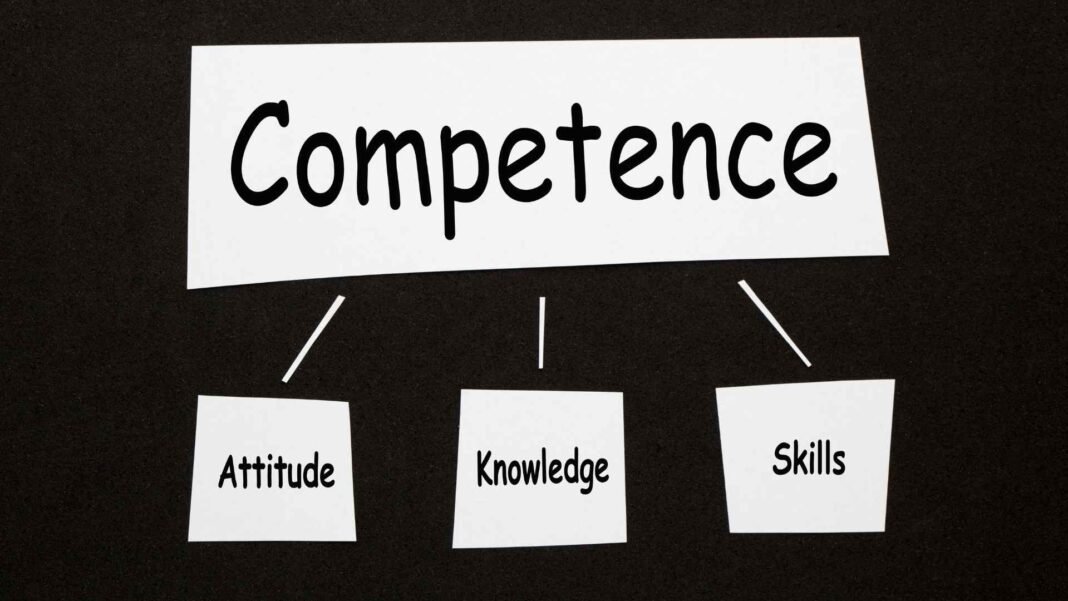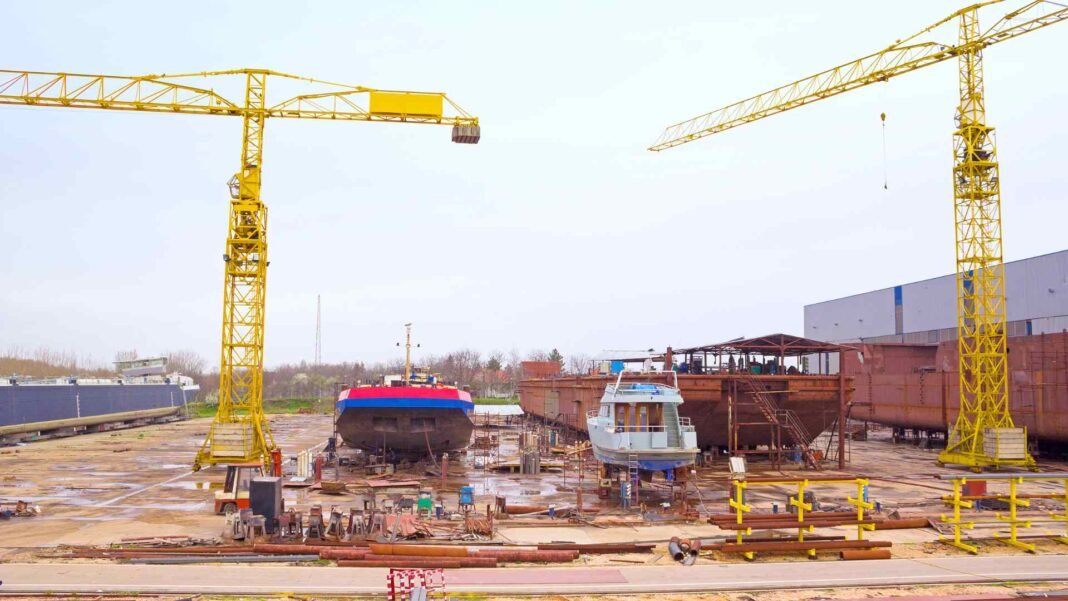In the vibrant and diverse Gulf region, cultural competence isn’t just a nice-to-have; it’s a must-have. Gulf business leaders are navigating a melting pot of cultures, traditions, and practices. With the right mix of cultural savvy and leadership skills, they can foster inclusive workplaces, build stronger relationships, and drive their businesses to new heights. Let’s dive into the importance of cultural competence in Gulf leadership and explore some practical strategies with a bit of humor and professionalism.
Understanding Cultural Competence
Cultural competence is the ability to interact effectively with people from different cultures. It involves understanding, appreciating, and respecting cultural differences. For Gulf leaders, cultural competence means recognizing the diverse backgrounds of their employees, clients, and stakeholders, and using this knowledge to create harmonious and productive environments. Think of it as having a universal translator that helps you connect with everyone around you.
The Melting Pot of the Gulf
The Gulf region is a cultural mosaic. With expatriates making up a significant portion of the population, Gulf businesses are bustling with diversity. From locals to expats from all corners of the globe, the workplace is a blend of languages, traditions, and customs. This diversity is a treasure trove of perspectives and ideas, but it also requires leaders to be culturally adept to harness its full potential.
Why Cultural Competence Matters
Cultural competence is more than being polite; it’s a critical leadership skill. Here’s why:
- Improved Communication: Understanding cultural nuances helps leaders communicate more effectively. It’s like speaking the same language, even using different words.
- Enhanced Teamwork: A culturally competent leader fosters an inclusive environment where everyone feels valued and respected. This boosts team morale and collaboration.
- Better decision-making: Diverse perspectives lead to well-rounded decisions. When leaders consider different cultural viewpoints, they can make more informed and innovative choices.
- Stronger Relationships: Building trust and rapport with people from various cultures strengthens business relationships and opens doors to new opportunities.
Strategies for Developing Cultural Competence
- Educate Yourself: Start by learning about the cultures represented in your workplace. Read books, attend cultural events, and engage with cultural diversity training programs. It’s like being a cultural sponge—soak up all the knowledge you can.
- Listen Actively: Practice active listening with an open mind. Encourage employees to share their cultural backgrounds and experiences. Listening is like tuning into a diverse radio station; you get to hear different voices and perspectives.
- Adapt Your Communication Style: Be mindful of cultural differences in communication styles. Some cultures value directness, while others prefer subtlety. Adapt your approach to suit the audience. It’s like adjusting the volume on a stereo—find the right level for each conversation.
- Promote Inclusive Practices: Create policies and practices that promote inclusivity. Celebrate cultural holidays, offer flexible working arrangements, and ensure equal opportunities for all. Think of it as setting the stage for a cultural fiesta where everyone is welcome.
- Seek Feedback: Encourage feedback from your team on how you can improve cultural competence in the workplace. Be open to suggestions and make necessary adjustments. It’s like fine-tuning an instrument; keep adjusting until you hit the right note.
The Role of Empathy
Empathy is the cornerstone of cultural competence. It involves putting yourself in someone else’s shoes and understanding their feelings and perspectives. For Gulf leaders, empathy means recognizing the challenges that come with navigating a multicultural environment and providing support where needed. It’s like having a built-in GPS that guides you through the cultural terrain.
Real-Life Examples of Cultural Competence
Let’s sprinkle some real-life magic with examples. Sultan Al Jaber, CEO of ADNOC, has been recognized for his culturally inclusive leadership style. He actively engages with a diverse workforce and promotes an environment of respect and collaboration. Another example is Sheikha Lubna Al Qasimi, former UAE Minister of State for Tolerance, who has championed initiatives that celebrate cultural diversity and foster mutual understanding.
Challenges and How to Overcome Them
Navigating cultural differences can be tricky. Leaders might face challenges such as language barriers, misunderstandings, and resistance to change. Here are some tips to overcome these challenges:
- Language Barriers: Encourage language learning and use clear, simple language in communication. Visual aids and translation tools can also help bridge the gap.
- Misunderstandings: Clarify expectations and provide context to avoid misunderstandings. Encourage open dialogue to address any confusion.
- Resistance to Change: Involve employees in the change process and explain the benefits of cultural competence. Provide training and resources to ease the transition.
The Business Case for Cultural Competence
Cultural competence isn’t just good for the soul; it’s good for business. Companies that prioritize diversity and inclusion often see higher employee engagement, better retention rates, and improved financial performance. It’s like hitting the jackpot in a business lottery—everyone wins.
Cultural competence is a vital skill for Gulf business leaders. By understanding and appreciating cultural diversity, leaders can create inclusive workplaces, build strong relationships, and drive business success. Embrace the cultural mosaic of the Gulf, and lead with empathy, respect, and an open mind. The journey might have its challenges, but the rewards are well worth it. So, gear up, be culturally savvy, and lead your organization to new heights.






